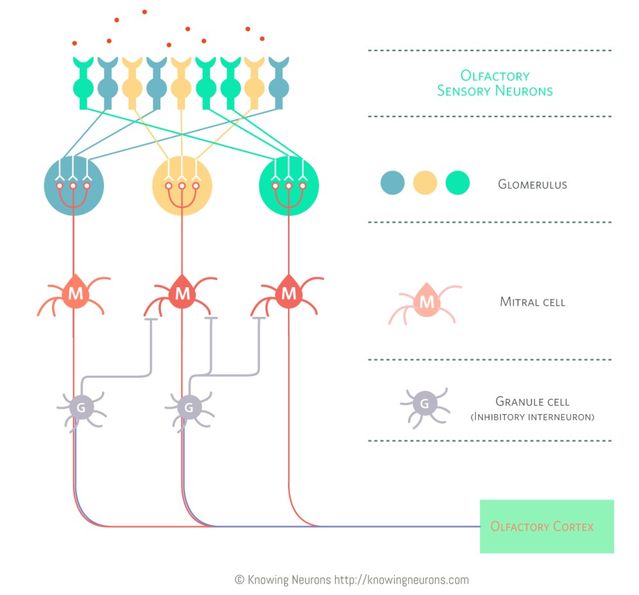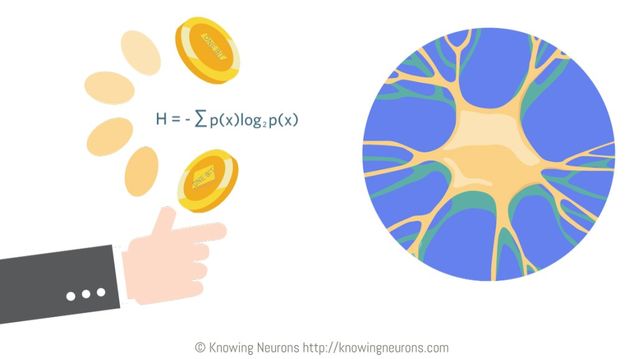In Dante's Inferno, the fifth circle of Hell is a place where the wrathful fight each other for eternity. Similarly, I often consider YouTube comments to be an extracanonical circle of Hell where the trolls fight each other for eternity. You might, then, imagine my surprise when I found many thoughtful comments expressing wonder and intrigue on a YouTube video of brain activity in a zebrafish. In the video, which showcases a cutting-edge brain imaging technique, neurons throughout the brain of the fish light up like fireflies and dance with purpose. At one point in the video, the entire brain glows with a brilliant glimmer. "I think the zebrafish had an epiphany at 0:19," one commenter writes. "I think the fish might have gotten startled," another person chimes in. "Just imagine how a human brain would look using this same technique," says another commenter, "the moment of first love, fear, or anguish, it would all seem like a continuum of electrical stimulus, but each event gradually carving out our personality and perception."
Does a lightbulb moment really look like a lightbulb in the brain? Does thinking harder or experiencing deep emotions like love, fear, or anguish light up more neurons? If the meme about only using 10 percent of our brains were true, would using 100 percent of our brain logically result in a stroke of genius?
Probably not.
To investigate how cells in the brain light up in response to learning, a group led by Takaki Komiyama used a similar imaging technique to study neurons in mice. Continuing a line of inquiry started by the late Walter J. Freeman III, Komiyama and colleagues imaged the part of the brain that responds to smells — known as the olfactory bulb — as the mice learned odors.
While Freeman had performed similar experiments with electrodes measuring voltage, this group visualized the activity of the olfactory bulb with a fluorescent dye that glows when calcium rushes into a neuron. Using this technique, Komiyama's group observed the activity of mitral cells— excitatory cells that send odor information to the cerebral cortex — and granule cells — inhibitory cells with local connections.

When a mouse was exposed to a new odor, all mitral cells lit up in a nearly unanimous glow. However, after several days of odor learning, only a few mitral cells ultimately responded to the odor. Even stranger, if the mouse were put under anesthesia, virtually all mitral cells again responded in unison, despite the mouse being unconscious. Inhibitory granule cells, which do not send information directly to the cortex, showed the opposite activity as mitral cells: novel odors and odors presented under anesthesia elicited little response, whereas odor learning gave rise to unanimous activity.
It seems like a paradox: why do cells that carry odor information to the cortex respond less as a group to odors the mouse has learned and more to odors that the mouse does not recognize? In the phantasmagoria of the brain, shouldn't ignorance be dark and knowledge bright?
Enter information theory. Once regarded as nebulous and subjective, scientists are now treating information as a fundamental quantity, like mass or energy. This revolution, which began with the first information theorist, Claude Shannon, defines information as reduction in uncertainty. Imagine you are playing hangman with a friend. Not knowing the word your friend has picked, you might play it safe and choose a vowel. But since vowels are common, knowing there is an "e" in your friend's word doesn't offer many clues. Suppose instead you take a risk and guess a rare letter like "z" or "x." Discovering an "x" narrows down the possible words considerably! For this reason, the letter "x" carries more information than vowels like "e."
To quantify this reduction in uncertainty, Shannon measured information in bits by considering the probability that a state — such as a letter or a Chinese character — might occur. Because there are many more characters in Chinese script than there are letters in the English alphabet, each Chinese character is relatively rare and carries more information. By contrast, a coin, with two possible states — heads and tails — carries exactly one bit of information, like the answer to a yes or no question. Importantly, signals can carry information without meaning: information theory considers only probability and not semantics.

To carry information, a brain must be able to select from a large repertoire of possible states. A brain whose neurons all fire in unison is like an alphabet with only two letters: on (firing) and off (not firing). Indeed, a loss of consciousness coincides with many neurons acting in unison during sleep, anesthesia, and seizures, reducing the informational content of the brain. By contrast, when only a small number of neurons respond to a stimulus, they form a rare state and reduce uncertainty much like the letter "x" in the game of hangman. Over the course of learning an odor, inhibitory granule cells appear to sculpt such rare states from the distributed activity of mitral cells by silencing all but a select few.
This strategy is known as sparse coding, because information is encoded with few events. Sparse coding saves the brain energy and might seem to contradict Freeman's observation that meaning is conveyed over large spatial patterns of activity. Yet, sparse coding does not mean that silent cells are unimportant! If we ignore the silent cells, we are left with a smaller alphabet and information is lost. An even larger repertoire of states is allowed if we consider four dimensions, three of space and one of time. In further agreement with Freeman's findings, Komiyama's group noted that mitral cell activity changes over a short interval of time immediately following the odor sniff.
Written alphabets are structured, and information generally implies order. Yet, Shannon named his measure of information entropy, a term which means disorder. Because disordered systems can be arranged in a larger number of ways than orderly systems, they have a larger repertoire of states and carry more information. Indeed, mitral cells progress from a highly ordered state — all cells in agreement — to a highly disordered state — cells responding disharmoniously — with the course of learning. Similarly, your bedroom probably moves from a tidy, organized state to a disheveled mess with time. In fact, the second law of thermodynamics tells us that the disorder of any closed system increases with time unless work is done to organize it.
In some cases, however, a passive process of collecting information about parts of a system can be used to organize it, rather than an active process of doing work (Footnote 1). This seems to undermine the second law! Imagine organizing a large kennel of dogs according to dog breed by passively opening a partition in the kennel rather than actively chasing individual dogs. The epiphany, however, that collecting information itself creates disorder elsewhere means that the second law has not been violated.
The psychologist Carl Jung once said,
“In all chaos there is a cosmos, in all disorder a secret order.”
Likewise, in all order there is a void, a great dearth of information. As neuroscience becomes increasingly driven by visual images that galvanize funding, the public takes delight in flashy videos of the brain lighting up. But for the zebrafish we visited at the beginning of this article, her brightest moment may have also been her dimmest. Order is simple and easy to accept. What takes courage is to embrace the chaos and accept disorder.
~
This article originally appeared on Knowing Neurons.
~
Footnote:
The physicist James Clerk Maxwell once asked how a demon might be able to "cheat" by organizing a chamber of gas into hot and cold regions through a passive process of opening a partition in the chamber rather than an active process of doing work on individual gas molecules. The answer? By collecting information about gas molecules before they cross the partition, the demon dissipates energy, sowing further disorder.
References
Discover Magazine. “Whole-brain imaging of neuronal activity in a larval zebrafish.” Online video clip. YouTube. Youtube, March 18, 2013. Web. March 6, 2017. https://youtu.be/lppAwkek6DI
Edelman, Gerald M., and Giulio Tononi. A universe of consciousness: How matter becomes imagination. Basic books, 2000.
Keller, Philipp J., and Misha B. Ahrens. "Visualizing whole-brain activity and development at the single-cell level using light-sheet microscopy." Neuron85.3 (2015): 462-483.
Kato, Hiroyuki K., et al. "Dynamic sensory representations in the olfactory bulb: modulation by wakefulness and experience." Neuron 76.5 (2012): 962-975.
Mitchell, Melanie. Complexity: A guided tour. Oxford University Press, 2009.
Sakamoto, Masayuki, Ryoichiro Kageyama, and Itaru Imayoshi. "The functional significance of newly born neurons integrated into olfactory bulb circuits." Frontiers in Neuroscience 8 (2014): 121.









